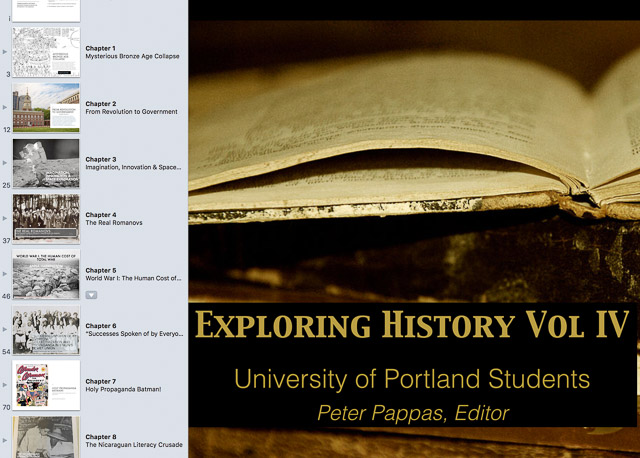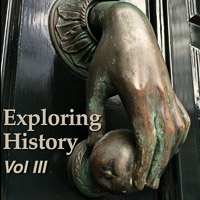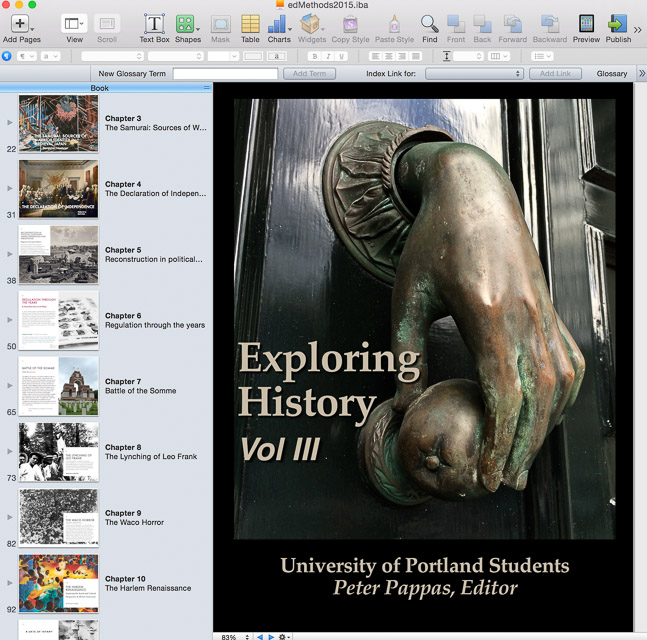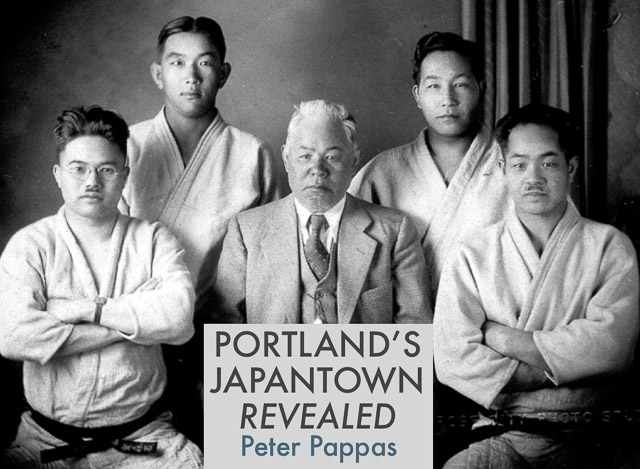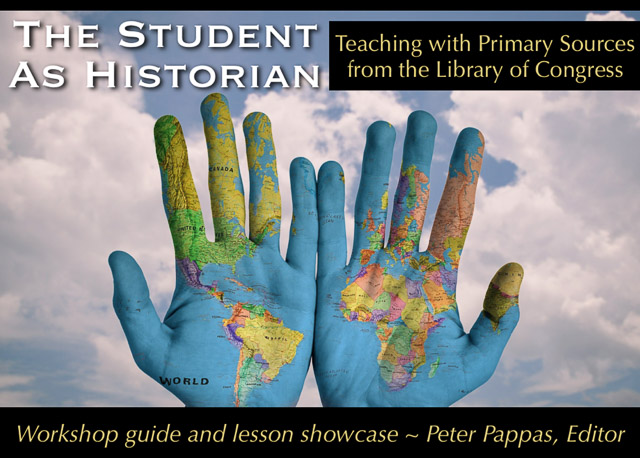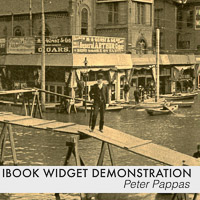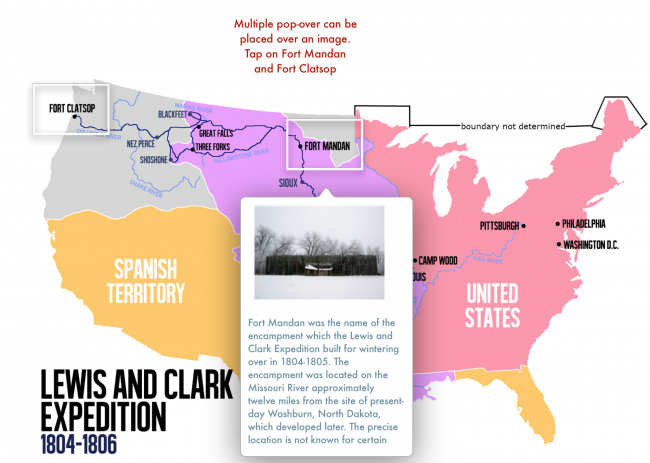I’m very pleased to share a new iBook just published by my Social Studies Methods class at the University of Portland.
Interactive iBook version free at iTunes.
Static pdf version (5 MB)
It features eight engaging questions and historic documents that empower students to be the historian in the classroom. The units draw from a fascinating collection of text and multimedia content – documents, posters, photographs, audio, video, letter and other ephemera. “Stop-and-think” prompts based on CCSS skills guide students through analysis of the primary and secondary sources. Essential questions foster critical thinking. All documents include links back to the original source material so readers can remix the content into their own curated collections.
All of my student’s wrote for a public audience on our class blog and persued three class goals:
- Learn to think like a historian.
- Become a skillful instructional designer
- Develop technical skills for production, reflection, growth and professional networking.
The lesson design process began early in the semester when students designed lessons in historical thinking skills based on the work of Sam Wineburg and the Stanford History Education Group (SHEG). They focussed on three key skills – Sourcing, Contextualizing and Corroborating. Then students identified essential questions worth answering and gathered documents to explore the question in an extended lesson design process.
Exploring History: Vol IV was our PBL capstone and is available on iTunes in 51 countries around the world. Here’s a post (from fall ’13 class) that describes our project workflow (including how we utilized iBooks Author). Here’s Exploring History: Vol I created by my fall 2013 class. And Exploring History: Vol II designed by my fall 2014 class. Exploring History: Vol III created by my fall 2016 class
I’ll be doing a future blog post that features each student’s DBQ, but for now here’s the US and World History lessons in chronological order:
- Mysterious Bronze Age Collapse by Sam Hicks
- From Revolution to Government by Valerie Schiller
- Imagination, Innovation & Space Exploration by Molly Pettit
- The Real Romanovs by Kelly Marx
- World War I: The Human Cost of Total War by Anna Harrington
- Collectivization and Propaganda in Stalin’s Soviet Union by Clarice Terry
- Holy Propaganda Batman! by Karina Ramirez Velazquez
- The Nicaraguan Literacy Crusade by Scott Hearron
